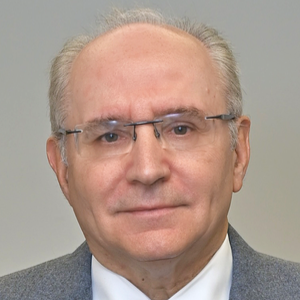For the longest time New Yorkers were eligible for Medicaid home care services without worrying about the five (5) year look back period for non-exempt asset transfers which is imposed for Medicaid nursing home eligibility.
Commencing on October 1, 2020, (unless delayed by the Commissioner of Health) and as part of the New York State Budget enacted on April 3, 2020, there will be a thirty (30) month look back period for all home care services. This lookback period is to be calculated the same way the penalty period is calculated for skilled nursing home level Medicaid (using the regional rate as the divisor). The Regional rate for the Northern Metropolitan area for the year 2020 is $12,805.00 per month. Thus, for all home care applications filed on or after October 1, 2020, any transfer of assets (gifts/non-exempt transfers) will create a thirty (30) months lookback period.
This is a devastating turn of events for Medicaid home care applicants who do not have a spouse, minor child or disabled child to whom they can make an exempt transfer of their non-IRA assets, or a spouse, minor child, disabled child, caretaker child or a sibling with an equity interest to whom they can make an exempt transfer of their home. Additionally, the applicant can still argue that the non-exempt transfer of assets was made for purposes other than to qualify for Medicaid.
As of the time of this writing it is unclear as to whether transfers made between April 2020 and September 30, 2020 will be deemed uncompensated transfers by Medicaid if the person applies for home care services after October 1, 2020. We are awaiting further guidance and directives from the Department of Health. This being said, anyone who anticipates needing home care services in the next two or three years it is now imperative that they make an uncompensated transfer of assets to a Medicaid Asset Protection Trust and/or an outright transfer of assets to others before October 1, 2020, should said transfers be exempt from the lookback period and in order to protect their assets.
Fortunately, the new rules left spousal refusal untouched. Thus, a married person can still transfer assets to their spouse and if the spouse has assets and/or income above the permitted amounts, the spouse can execute a spousal refusal, allowing the ill spouse to be eligible for Medicaid. While this is advantageous if a married person needs Medicaid home care and/or Medicaid nursing home coverage, executing a spousal refusal gives the Department of Health (DOH) the right to sue the refusing spouse for the value of the services provided by Medicaid. In recent years Medicaid has been much more aggressive in pursuing spousal refusal cases.
Irrespective of one’s marital status the changes in the rules illustrate the need for seniors to be proactive in making asset transfers, and starting both the thirty (30) month lookback for Medicaid home care and the sixty (60) month lookback period for Medicaid nursing home before October 1, 2020. Without non-exempt transfers being made the clock never begins to run and the ability to shelter one’s assets from the cost of long-term care becomes significantly more difficult, exposing a greater percentage of one’s life savings to the cost of care.
Additionally, as part of the new law, for one to be eligible for the Consumer Directed Home Care Program (CDPAP) (where one can hire a family member (non-spouse) and / or friend) to provide home care and Personal Care Services (PCS), Medicaid has tightened the eligibility requirements. For example, after October 1, 2020, new applicants for CDPAP program must need physical maneuvering with more than two activities of daily living (ADLs). Additionally, a person with a dementia or Alzheimer’s diagnosis is required to need “at least supervision with more than one ADL.” These requirements only apply to individuals applying for these two programs on or after October 1, 2020. At the time of this writing and pursuant to the New York State Budget enacted on April 3, 2020, prior applicants are grandfathered.
One other significant change enacted by the New York State Budget enacted on April 3, 2020 is that the treating physician prescribing the personal care and CDPAP services must be a qualified independent physician selected or approved by the Department of Health (DOH). One’s own treating physician cannot be utilized.
The DOH will also have the ability to conduct an “extra review” of individuals whose need for home care services exceeds a specified level to be determined by the DOH (probably those receiving 12 hours or more per day) and whether they can safely remain in the community if they need such a high level of care.
Although we are hopeful that there may still be other options available for a single applicant once these new provisions are fully digested, it appears that the need to utilize the Medicaid Asset Protection Trust before October 1, 2020, has reached critical mass for a single person needing or anticipating the need for Medicaid home care and/or nursing home care in the near future.

















